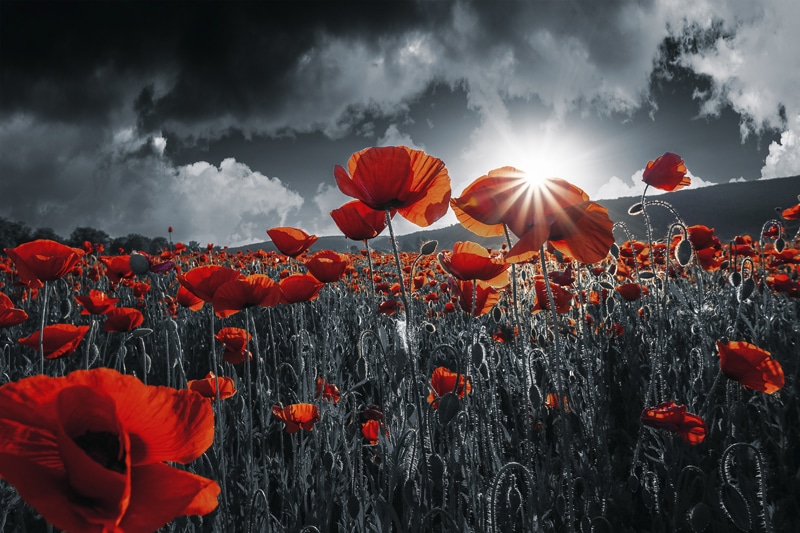Since 1919, Remembrance Day, also known as Armistice Day, has been celebrated annually in Europe and in the Commonwealth countries on the 11th day of the
11th month at 11 a.m.
It is no coincidence that the date of November 11th was chosen to commemorate the related sacrifices, first, to the First World War and then subsequently to other wars.
Indeed, it was on November 11th , 1918 that the First World War ended with the signing of the Armistice.
It was at 5:15 a.m., in a wagon requisitioned by the French army, transformed into the command post of the chief of the allied armies, that the historic document was signed, indicating that the armistice would take effect on that same day at 11 am.
Dissociate Remembrance Day and Thanksgiving
According to the Canada War Museum, the Armistice Day Act was passed in 1921 by the Federal Parliament which then specified that ceremonies would be held on the first Monday of the week of November 11th . Therefore, the event was combined with Thanksgiving.
For the next decade, Canadians celebrated the day without organizing many public events. Veterans and their families gathered at church and around local memorials, nothing more.
In 1928, several prominent citizens, including many veterans, mobilized to put pressure on the government. Their request was unequivocal: they wanted this day of remembrance to be dedicated to honoring the sacrifices of war and to be separated from Thanksgiving Day.
It was not until 1931 that the federal government decreed that what would henceforth be recognized as Remembrance Day would henceforth be celebrated on November 11th and that for its part, Thanksgiving would be moved to another date.







